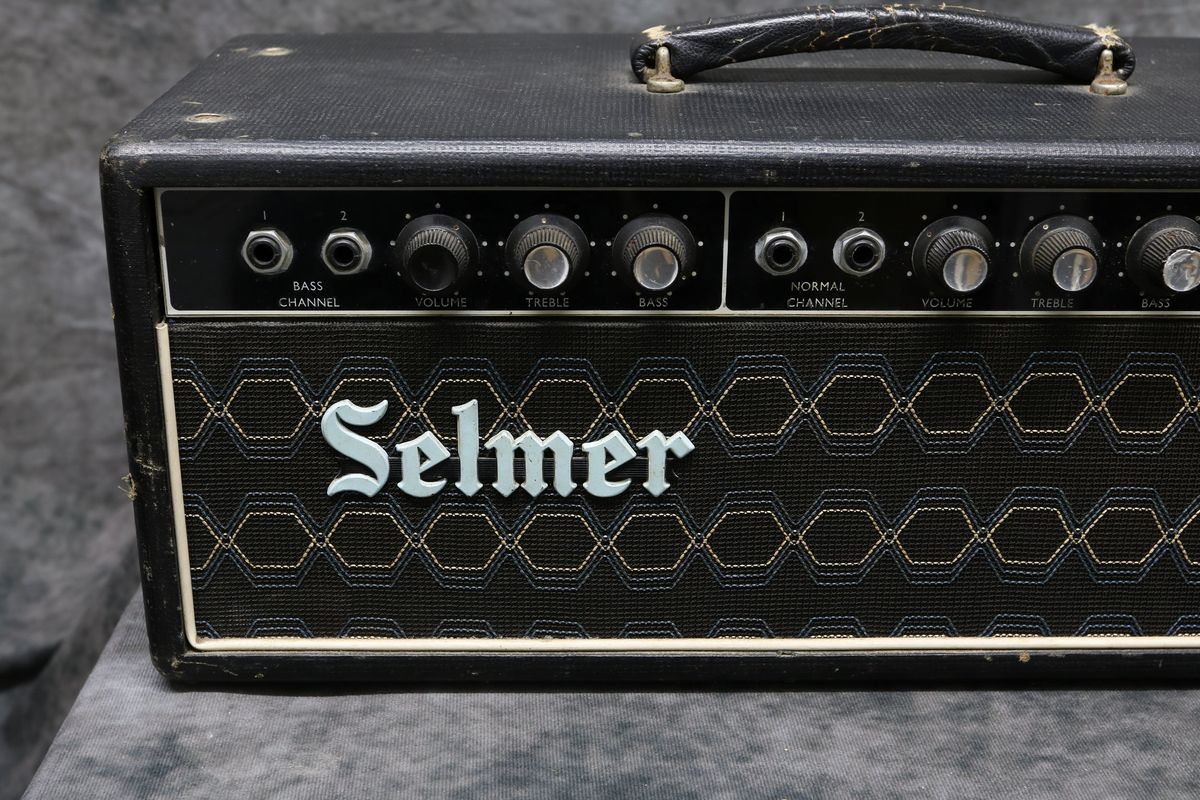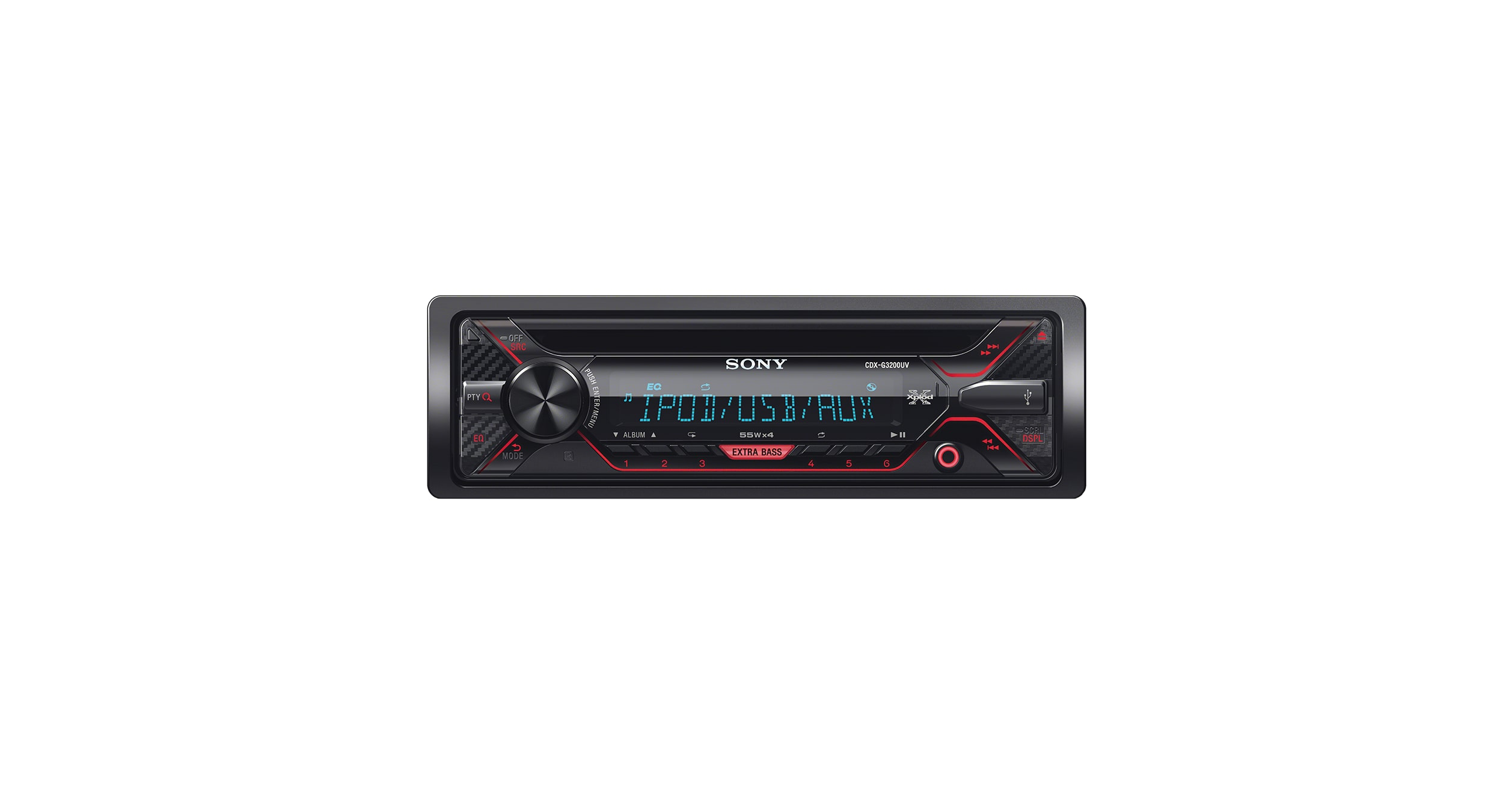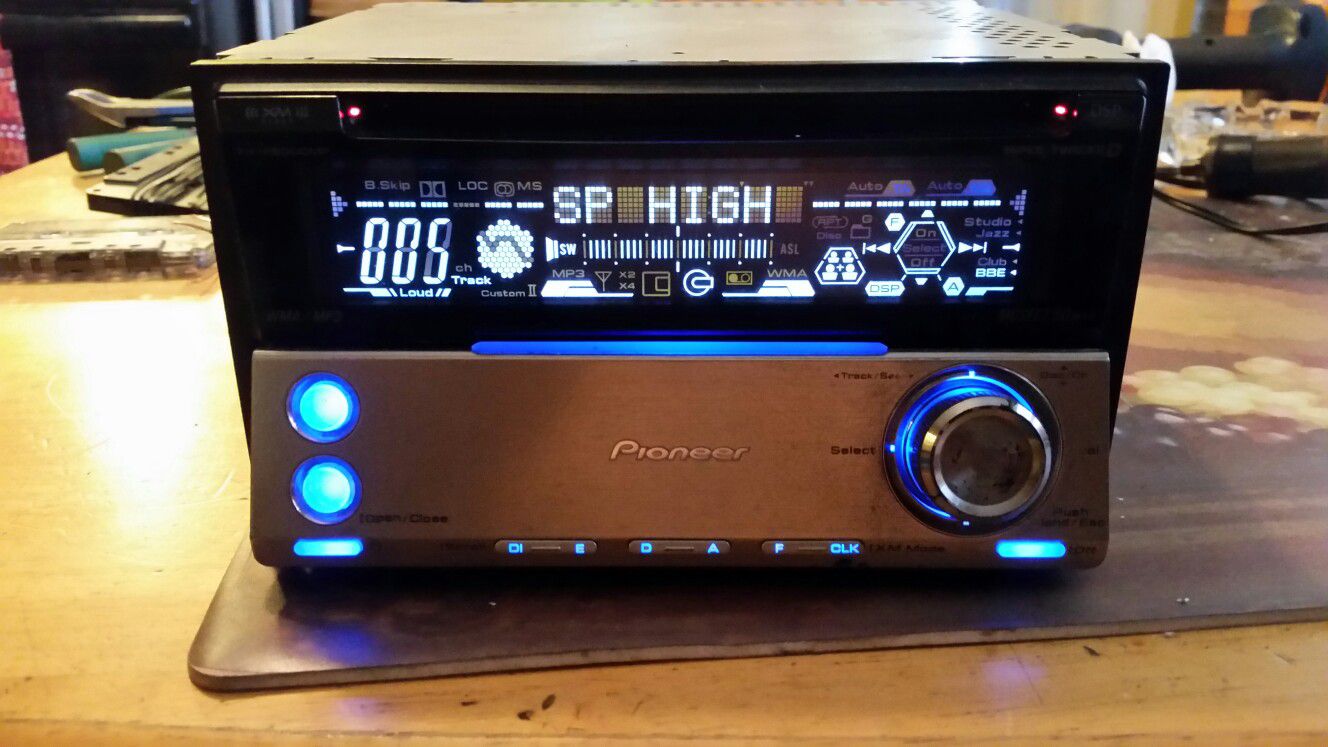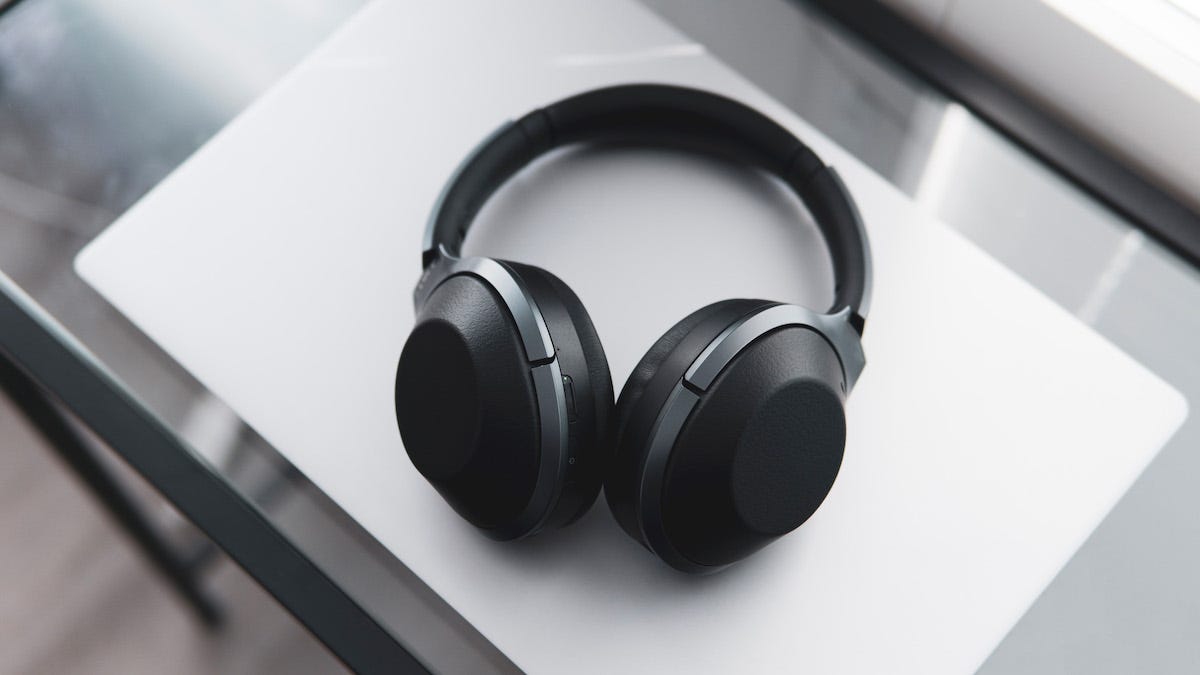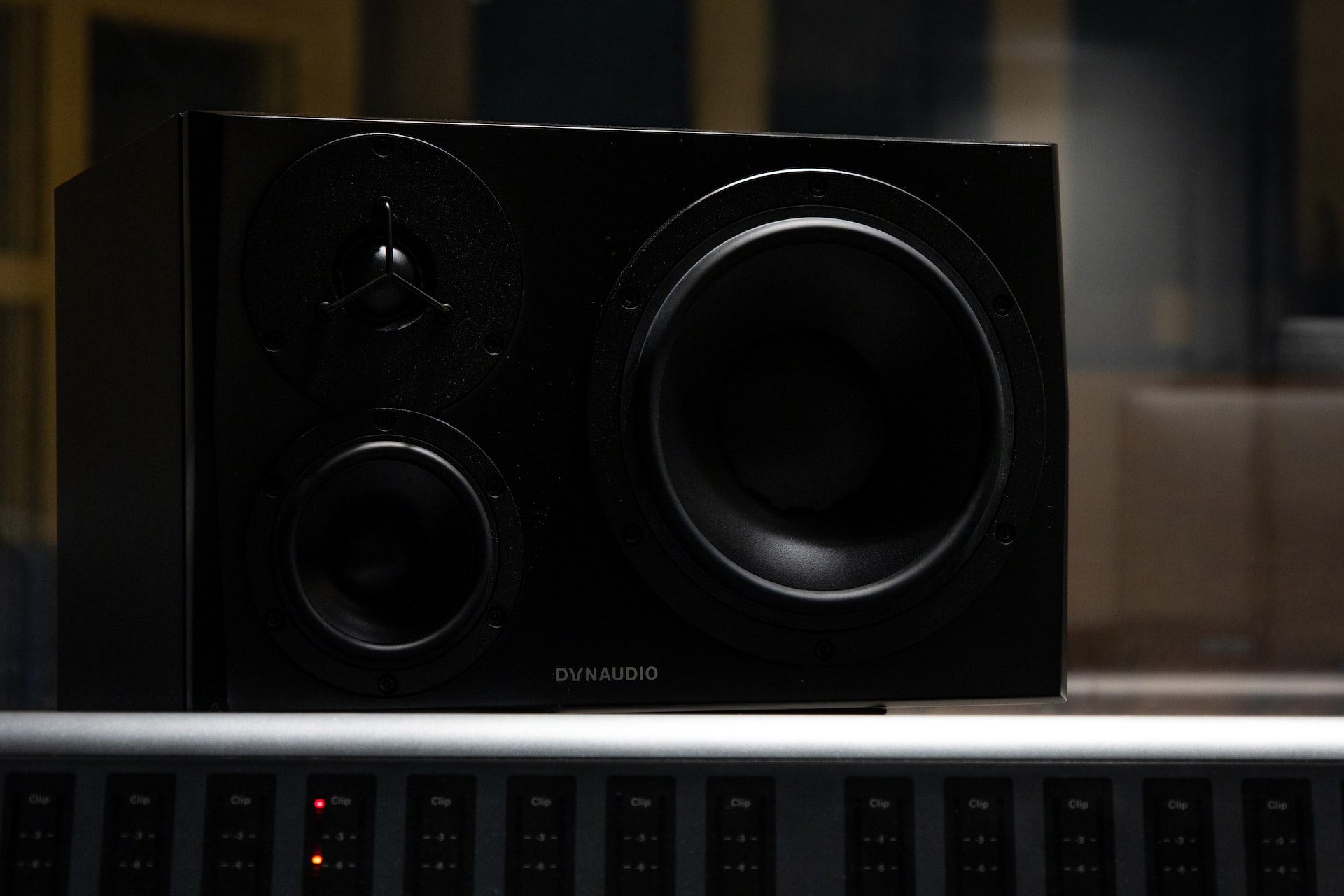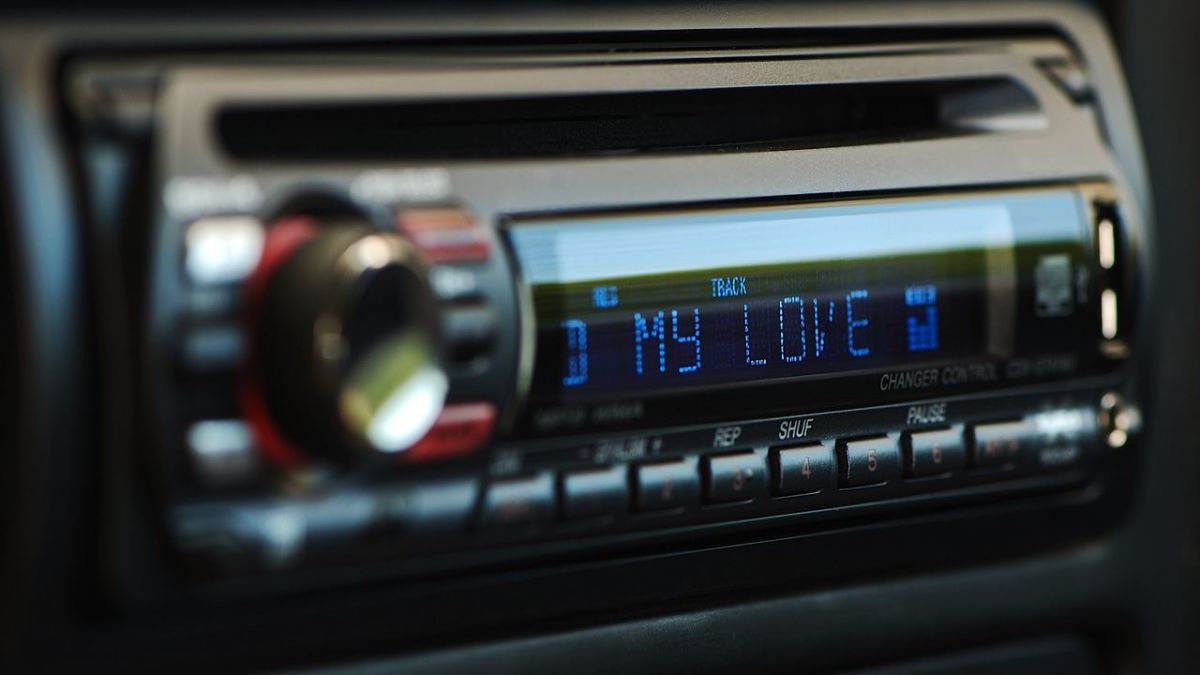Home>Production & Technology>Stereo>What Is The Best Bass Mid And Treble Settings For Car Stereo
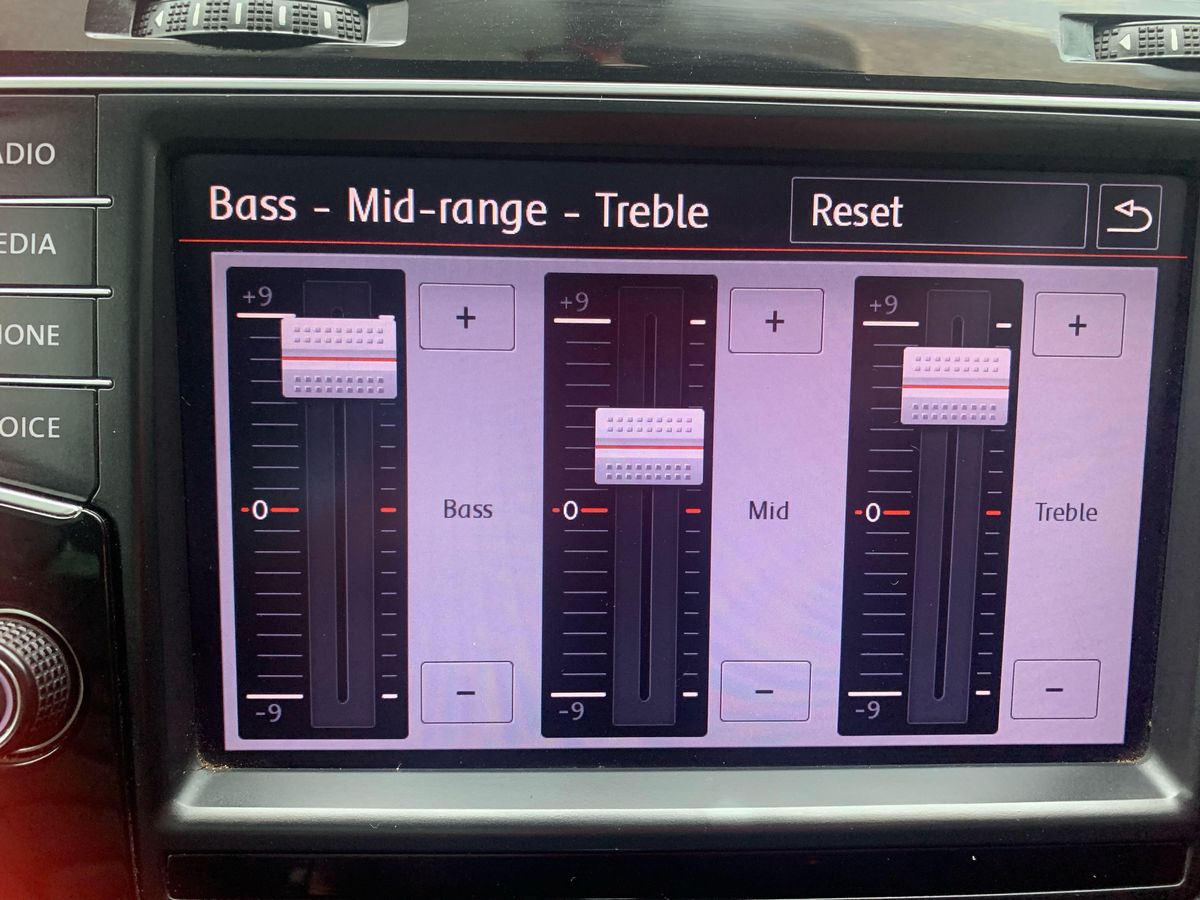

Stereo
What Is The Best Bass Mid And Treble Settings For Car Stereo
Modified: January 26, 2024
Discover the optimal bass, mid, and treble settings for your car stereo. Enhance your audio experience with the best stereo settings.
(Many of the links in this article redirect to a specific reviewed product. Your purchase of these products through affiliate links helps to generate commission for AudioLover.com, at no extra cost. Learn more)
Table of Contents
- Introduction
- Understanding Bass, Mid, and Treble Settings
- Factors to Consider When Adjusting Bass, Mid, and Treble Settings
- Recommended Bass, Mid, and Treble Settings for Car Stereo
- How to Adjust Bass, Mid, and Treble Settings in Your Car Stereo
- Tips for Fine-tuning Bass, Mid, and Treble Settings
- Potential Issues and Troubleshooting Tips
- Conclusion
Introduction
Welcome to the world of car audio! Whether you are a music enthusiast or simply enjoy the thrill of cruising with your favorite tunes, having an optimized sound system is essential for an enjoyable driving experience. One crucial aspect of achieving great sound quality is adjusting the bass, mid, and treble settings on your car stereo.
Understanding how to balance these settings can make a significant difference in the way your music sounds. It allows you to tailor the audio output to your preferences and the acoustics of your car. However, finding the ideal bass, mid, and treble settings can be a daunting task, especially with the numerous options and customization features available in modern car audio systems.
In this article, we will dive into the world of bass, mid, and treble settings and help you discover the best configuration for your car stereo. We will explore the factors to consider when adjusting these settings, provide recommended settings to get you started, explain how to adjust the settings in your car stereo, offer tips for fine-tuning, and address potential issues you may encounter.
Whether you are a seasoned audiophile or new to the world of car audio, this article will serve as a comprehensive guide to help you achieve the optimal bass, mid, and treble settings for your car stereo. So get ready to elevate your listening experience on the open road!
Understanding Bass, Mid, and Treble Settings
Before we delve into finding the best bass, mid, and treble settings for your car stereo, let’s gain a better understanding of these three key elements of audio equalization.
Bass: The bass setting controls the lower frequencies in the audio spectrum. It enhances the depth and impact of the low-end notes, such as the thumping of drums or the rumble of a bass guitar. Adjusting the bass setting can make your music sound fuller and more powerful.
Mid: The mid-range setting handles the middle frequencies of the audio spectrum. This range is crucial for the clarity and presence of vocals, guitars, and other instruments. Proper adjustment of the mid setting ensures that these elements are well-defined and not drowned out by the bass or treble.
Treble: The treble setting controls the higher frequencies of the audio spectrum. It determines the crispness, brightness, and detail in the sound. Adjusting the treble setting allows you to accentuate the shimmer of cymbals or the sparkle of high-pitched instruments such as violins.
Understanding the role of each of these settings is essential to achieve a balanced and harmonious sound. It’s important to note that the optimal bass, mid, and treble settings will vary depending on individual preferences, the genre of music being played, and the acoustics of your car’s interior.
With a basic understanding of bass, mid, and treble settings, you are now ready to explore the factors that you should consider when adjusting these settings to achieve the best audio quality in your car stereo.
Factors to Consider When Adjusting Bass, Mid, and Treble Settings
Adjusting the bass, mid, and treble settings in your car stereo is a subjective process that depends on various factors. To achieve the best audio quality, consider the following factors:
Music Genre: Different genres of music have distinct characteristics and tonal qualities. For example, bass-heavy genres like hip-hop or electronic music may require higher bass levels for an immersive experience. On the other hand, genres like classical or acoustic may benefit from a more balanced approach with equal emphasis on mid and treble settings.
Listening Environment: The interior of your car can significantly impact the sound quality. Factors such as the size, shape, and material composition of your car can affect sound reflection and resonance. Consider the amount of ambient noise, road conditions, and the presence of any soundproofing materials when adjusting your equalizer settings.
Personal Preference: We all have unique taste and preferences when it comes to audio. Some individuals prefer a bass-heavy sound that emphasizes the low-end frequencies, while others may enjoy a more balanced blend with equal emphasis on mid and treble. Experiment with different settings and find what sounds best to your ears.
Speaker Quality: The quality and capability of your car’s speakers play a crucial role in the overall sound reproduction. High-quality speakers can handle a wide range of frequencies and deliver more accurate sound. However, if your speakers have limitations in certain frequency ranges, you may need to adjust the equalizer settings accordingly.
Use of Sound Enhancements: Some car stereo systems offer additional sound enhancement features such as surround sound or equalizer presets. These features can affect how the bass, mid, and treble settings are processed. Be mindful of any effects or enhancements that are applied and adjust your equalizer settings accordingly to achieve the desired sound.
By taking these factors into account, you can better tailor the bass, mid, and treble settings to your listening preferences and the unique characteristics of your car’s audio system. However, keep in mind that these factors serve as general guidelines, and ultimately, your own ears and personal taste will be the ultimate judge of what sounds best to you.
Recommended Bass, Mid, and Treble Settings for Car Stereo
While the optimal bass, mid, and treble settings for your car stereo will vary depending on personal preferences and the factors mentioned earlier, we can provide some recommended starting points to help you find a balanced sound:
Bass: Start by setting the bass level to around 60-70% of its maximum value. This should provide a solid foundation without overpowering the other frequencies. Adjust the bass level up or down to achieve the desired depth and impact, taking into consideration the genre of music you typically listen to.
Mid: Set the mid-range level to around 50% of its maximum value. The mid-range is crucial for instrument separation and vocal clarity. Adjusting it too high can make the sound muffled, while setting it too low can result in a lack of presence. Fine-tune the mid-range level to ensure a clear and balanced reproduction of voices and instruments.
Treble: Start by setting the treble level to around 60-70% of its maximum value. This will provide a crisp and bright sound without being overly harsh. Adjust the treble level based on your preference for a more prominent, sparkling high-end or a smoother, less accentuated treble response.
Remember that these recommended settings are just a starting point, and you should adjust them based on your individual taste and the specific characteristics of your car audio system. Additionally, keep in mind that achieving a well-balanced sound is a delicate balancing act, and small adjustments can make a significant difference. Trust your ears and make gradual changes until you find the perfect balance for your listening pleasure.
Now that you have an idea of recommended starting points for bass, mid, and treble settings, let’s explore how to adjust these settings in your car stereo.
How to Adjust Bass, Mid, and Treble Settings in Your Car Stereo
Adjusting the bass, mid, and treble settings in your car stereo is a straightforward process. While the exact steps may vary based on your car stereo model, the general procedure remains consistent:
- Start by locating the equalizer or audio settings menu on your car stereo. This is usually accessible through the main menu or a dedicated button on the stereo interface.
- Once you’ve accessed the equalizer menu, you should see sliders or knobs for bass, mid, and treble settings. These controls allow you to increase or decrease the level of each frequency range.
- Begin by adjusting the bass setting. Gradually increase the bass level and listen to the changes in sound output. Find the point where the bass feels strong and full without overpowering the other frequencies.
- Next, move on to the mid-range setting. Adjust the mid-range level to achieve a clear and well-defined sound. Listen for the presence of vocals and instruments, ensuring they are not overshadowed by the bass or treble.
- Lastly, adjust the treble setting. Increase or decrease the treble level until you achieve the desired level of crispness and brightness. Be careful not to set it too high, as it can result in a harsh sound.
- Continue fine-tuning the settings by making small adjustments to each frequency range until you find the ideal balance for your listening preferences.
Remember that the process of adjusting the bass, mid, and treble settings is subjective and may require some trial and error. It’s important to test the sound output by playing different types of music and adjusting the settings accordingly.
Additionally, some car stereo systems offer pre-set equalizer modes or custom memory presets. These can be handy if you prefer a specific sound signature for different genres of music. Explore these options if available to further personalize your audio experience.
Once you have fine-tuned the bass, mid, and treble settings to your liking, you can sit back, relax, and enjoy a well-balanced and optimized sound experience in your car. However, keep in mind that these settings are not set in stone. Feel free to experiment and make adjustments as your preferences or the type of music you listen to change over time.
With the knowledge of adjusting bass, mid, and treble settings, let’s move on to some additional tips for fine-tuning your car stereo.
Tips for Fine-tuning Bass, Mid, and Treble Settings
While adjusting the bass, mid, and treble settings in your car stereo, there are a few additional tips you can keep in mind to fine-tune the sound and optimize your listening experience:
- Experiment with Different Music: Play a variety of songs from different genres to test the effectiveness of your equalizer settings. This will help you determine if the settings work well across various music styles or if adjustments are needed for specific genres.
- Use Reference Tracks: Choose a few songs that you are familiar with and use them as reference tracks for fine-tuning. Pay attention to the specific instruments and vocals in these tracks and make adjustments to ensure they are clear and well-balanced.
- Take Note of Your Surroundings: Consider the environment in which you typically listen to music in your car. Are you often on the highway with road noise, or do you prefer quiet city streets? Adjust your equalizer settings accordingly to compensate for any external noise and create an immersive listening experience.
- Make Small Adjustments: When fine-tuning, make incremental changes to the bass, mid, and treble settings. Small adjustments can have a noticeable impact on the overall sound quality. Avoid making drastic changes all at once, as this can lead to an imbalanced sound.
- Consider Your Listening Position: The placement of your car’s speakers can affect the audio distribution. If you primarily listen from the driver’s seat, adjust the settings to sound optimal from that position. If you frequently have passengers, take that into account and adjust accordingly to ensure everyone enjoys a balanced sound.
- Use Audio Test Tones: Some car stereo systems offer built-in test tones that help you identify any audio peaks or dips in specific frequency ranges. Utilize these test tones to identify any areas where adjustments may be needed.
- Pay Attention to Clipping or Distortion: If you notice distortion or clipping at higher volume levels, lower the corresponding frequency range that is causing the issue. This will help you maintain a clean and distortion-free sound.
- Consider Professional Audio Calibration: If you want to take your audio experience to the next level, consider seeking professional assistance through car audio specialists who can perform detailed audio calibration specific to your car and sound system.
By keeping these tips in mind and experimenting with different settings, you’ll be able to achieve the perfect balance of bass, mid, and treble for your car stereo, delivering a rich and immersive audio experience that complements your music preferences.
However, even with the best settings, you may encounter some issues along the way. Let’s explore common troubleshooting tips in the next section.
Potential Issues and Troubleshooting Tips
While adjusting the bass, mid, and treble settings of your car stereo, you may come across some common issues. Here are a few potential issues you might face and troubleshooting tips to help you resolve them:
Imbalanced Sound: If you notice that the audio output is imbalanced, with certain frequency ranges overpowering others, adjust the corresponding settings. Lower the dominant frequency range and increase the quieter range to achieve a more balanced sound.
Noise or Distortion: If you experience unwanted noise or distortion, it could be a sign of clipping, where the audio signal exceeds the capability of your speakers or amplifiers. To resolve this, reduce the volume or lower the corresponding frequency range that is causing the distortion.
Lack of Bass: If you find that the bass is lacking impact or depth, make sure the bass setting is not set too low. Increase the bass level gradually to achieve the desired punch while avoiding excessive vibrations or distortion.
Muffled Vocals: If the vocals sound muffled or drowned out, check the mid-range setting. Adjust it slightly upward to enhance the clarity and presence of vocals in the mix.
Excessive Treble or Harshness: If the treble sounds too harsh or overwhelming, lower the treble setting to achieve a smoother, more balanced sound. Be cautious not to reduce it too much, as it can result in a lack of detail and sparkle.
Inconsistent Sound: If you notice inconsistencies in the audio quality, such as certain frequencies cutting in and out or changes in volume, it could be due to a loose or faulty connection. Check your speaker wires and connections to ensure they are secure and properly connected.
Factory Presets Interference: Some car stereo systems come with factory preset equalizer settings that may interfere with your custom adjustments. Make sure to disable or reset any preset settings before attempting to fine-tune the sound manually.
Updates and Firmware: Check for any available firmware updates or software patches for your car stereo system. Manufacturers often release updates to address any audio-related issues or improve the overall performance of the system.
If you encounter persistent issues that you cannot resolve on your own, it may be beneficial to consult a professional car audio technician. They can diagnose any potential hardware or software issues and provide expert assistance in calibrating and optimizing your car stereo system.
Remember, troubleshooting and fine-tuning the equalizer settings requires patience and careful listening. Experimentation and gradual adjustments will help you achieve the best sound quality for your car audio setup.
With these troubleshooting tips in mind, you are now equipped to handle any issues that may arise while adjusting the bass, mid, and treble settings of your car stereo.
Conclusion
Finding the optimal bass, mid, and treble settings for your car stereo is a crucial step in achieving a great audio experience while on the road. By understanding the roles of these settings and considering various factors such as music genre, listening environment, personal preferences, and speaker quality, you can personalize your sound to perfection.
In this article, we explored the fundamentals of bass, mid, and treble settings, and provided recommended starting points for each. We discussed the process of adjusting these settings in your car stereo, provided tips for fine-tuning, and addressed potential issues you may encounter along the way.
Remember that the optimal settings will vary from person to person, and it may take some experimentation and trial and error to find your perfect balance. Trust your ears and make small adjustments to achieve the desired sound quality.
By following the tips and guidelines outlined in this article, you can transform your car stereo into a powerful and immersive sound system that enhances your driving experience and allows you to fully enjoy your favorite music.
So, go ahead and take the time to adjust the bass, mid, and treble settings of your car stereo. Discover the perfect balance and enjoy a tailored audio experience that brings your music to life on every journey.

